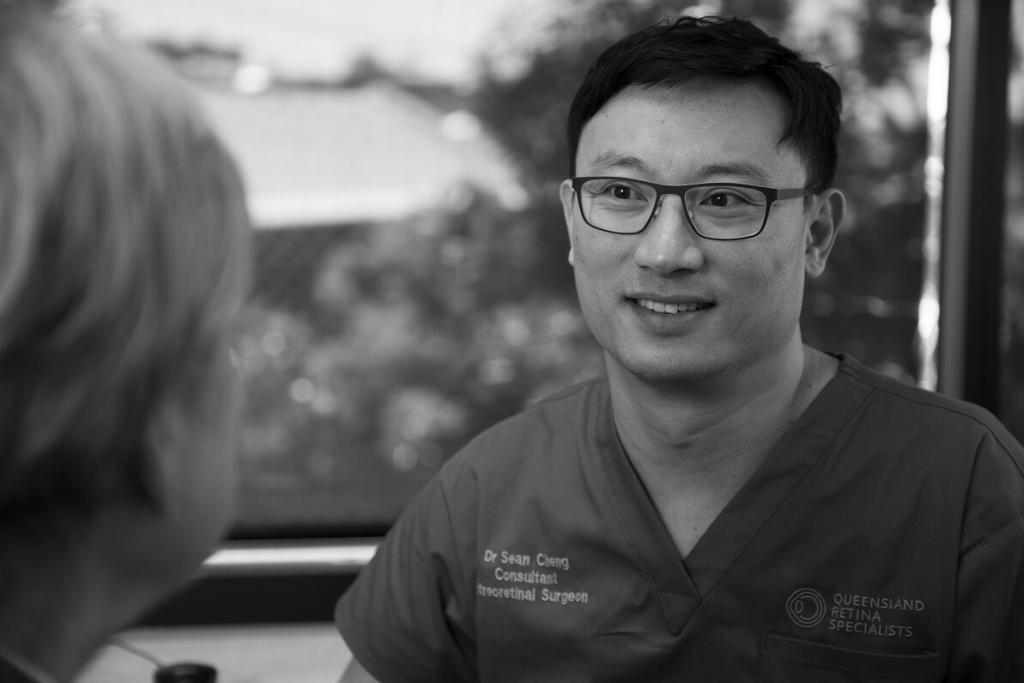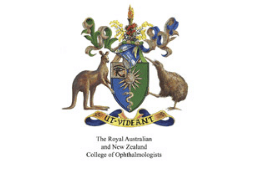What is a Cataract?
The human eye works like a camera, where rays of light travel through a lens and converge, in focus, to represent an image on the film. To capture a clear image, one would need to ensure the lens stays clear.
Similarly, our eye also has a clear tissue that acts like the lens of a camera. It is normally clear; however, as we age, fibres in the previously clear lens becomes opaque. This distorts and reduces the light that passes through it, resulting in cloudy vision. This opacified milky lens is called a cataract.

Symptoms and Development
Symptoms
When a patient develops cataract, the following symptoms may occur:
- Blurry, foggy and generally reduced clarity in vision
- Excessive sensitivity to bright light and glare
- Difficulty with night driving – halos around headlights
- Ghosting and double vision
Development
The process of cataract development is usually very slow. By age of 60, it is almost certain that one will have developed cataracts in both their eyes to some extent. Some conditions may trigger earlier onset of cataract, including:
- Long term use of steroid medicine
- Previous eye trauma/injury, infection or inflammation
- Diabetes
- Past surgery to the eye
Book a QERS Consultation
Treatment
Options
In the early stages of cataract formation where surgery is not yet required, prescription glasses may be helpful. Glasses, however, do not improve symptoms such as cloudiness or glare.
When surgery is required, it can only be performed by an Ophthalmologist. This occurs in a day hospital setting and requires local anaesthesia with sedation. During surgery, your cloudy lens is removed and is replaced with a new permanent artificial lens implant inside your eye, called an intraocular lens (IOL).
Cataract surgery is the most common eye surgery performed in Australia and has a high success rate. If the eye is otherwise healthy, great vision can be expected after the surgery.
Your Journey
At Queensland Eye & Retina Specialists, experienced clinicians will utilise the latest precision equipment to detect and assess cataracts. A non-invasive scan of the eye will also be performed to determine if other disease is present. This holistic approach ensures the best outcome for our patients.
As with all surgery, there are some risks involved which will be discussed with you at your consultation.
More Information
For more information on cataracts, head to one of the links below
